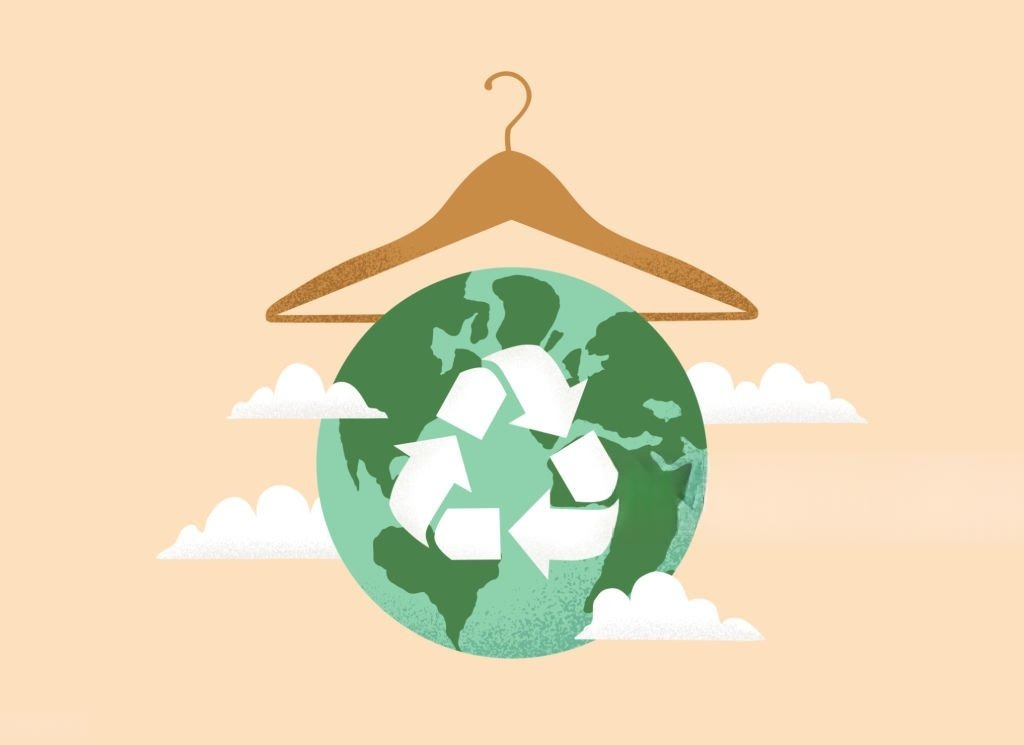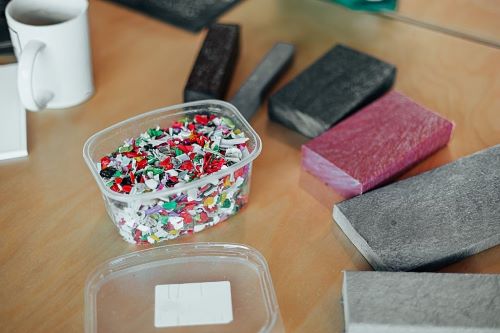By Amb. Canon Otto, Convener, Global Sustainability Summit & Founder, Cleancyclers
In the rapidly evolving world of sustainability, one question continues to echo across conferences, global dialogues, and the platforms we champion at Cleancyclers and SustainabilityUnscripted:
Can fashion — one of the world’s most expressive and culturally-rich industries — ever be truly sustainable?
As someone who has spent years advocating for circular innovation through the Global Sustainability Summit, I, CanonOtto, have watched how the fashion industry is slowly awakening to a hard truth:
Linear production is no longer compatible with the future we are trying to build.
The Crisis of Fast Fashion: A Global Sustainability Warning

Every second, a truckload of clothes is burned or landfilled.
Every year, the fashion industry contributes up to 10% of global carbon emissions, more than aviation and maritime combined.
This is not just a statistic — it is a call to action.
At SustainabilityUnscripted, we often describe fast fashion as the “silent polluter,” because while it gives the illusion of affordability and convenience, it hides a trail of environmental degradation, water waste, and unethical labour practices.
But fashion need not be the enemy.
Fashion can become a global force for sustainability — if we redesign it.
Circular Fashion: A Blueprint for Ethical Style
Circular fashion reimagines the lifecycle of clothing in three powerful ways:
1. Designing for Longevity
Clothes should last — in quality, relevance, and emotional value.
This is the heart of the circular economy, a principle we champion daily at Cleancyclers through recycling, upcycling, and material regeneration.
2. Repair, Reuse, Recycle
Imagine a world where clothes don’t end up in dumpsites in Ghana, Nigeria, or Chile.
Where every material is kept in the loop as long as possible.
This is the direction the global sustainability community is moving toward, and it is one we strongly support through SustainabilityUnscripted.
3. Sustainable Production & Ethical Labour
Circular fashion protects not only the planet, but also the people who make our clothes — from farmers to factory workers.

Africa’s Opportunity in the Circular Fashion Revolution
Africa has a rich history of sustainable fashion — from durable handwoven fabrics to community-based textile repair.
Today, young designers across Lagos, Nairobi, Accra, and Johannesburg are redefining global style using circular principles.
At the Global Sustainability Summit, I have seen Africa’s emerging circular fashion entrepreneurs present bold innovations — clothing made from agricultural waste, biodegradable textiles, and digital fashion models that reduce sample production.
The continent is not following the world.
We are leading it.
Cleancyclers’ Stand: Waste Is the New Raw Material
As pioneers in recycling and circular innovation, Cleancyclers believes that:
“If we don’t change how we produce, we must change how we reuse.”
Textile waste is one of the world’s fastest-growing waste streams.
By applying circular economy principles — just as we do with solar waste, plastics, and e-waste — we can transform the fashion sector into one of the most powerful sustainability drivers of our time.
Circular fashion isn’t just about clothes.
It’s a mindset.
A lifestyle.
A global sustainability commitment.
So… Can Style Ever Be Truly Sustainable?

Yes — but only through circularity.
As CanonOtto, I believe sustainable fashion is not a trend; it is the only path forward for a world fighting climate crises, overconsumption, and waste.
It is time for brands, consumers, policymakers, and innovators to unite — not in fear, but in creativity.
Not in guilt, but in responsibility.
Not in wastefulness, but in circularity.
Fashion has always been a storyteller.
Now, it must tell the story of a greener, cleaner, and more conscious world.
Conclusion: Circular Fashion Is No Longer Optional — It Is Urgent
At Cleancyclers, at SustainabilityUnscripted, and through the Global Sustainability Summit, we remain committed to pushing the boundaries of what is possible in sustainability.
Circular fashion is not only achievable — it is essential.
And the time to act is now.


